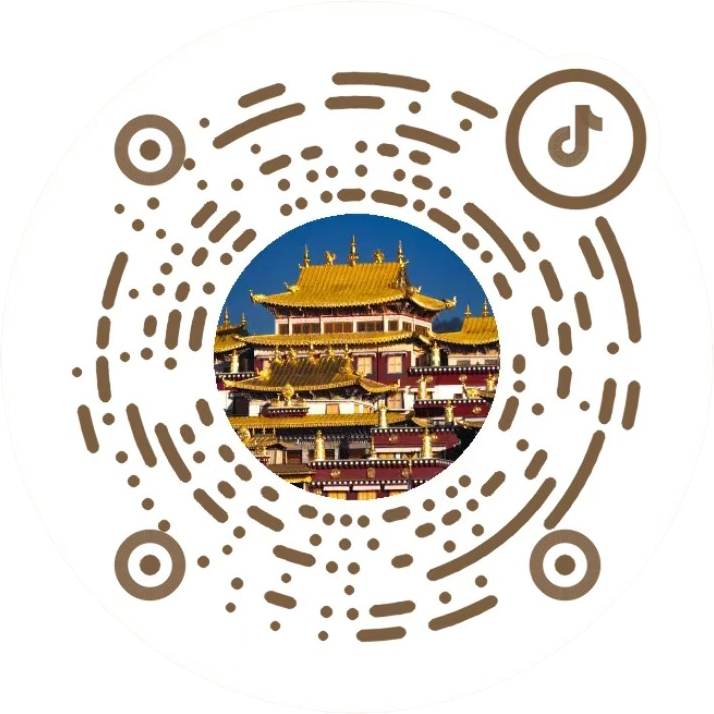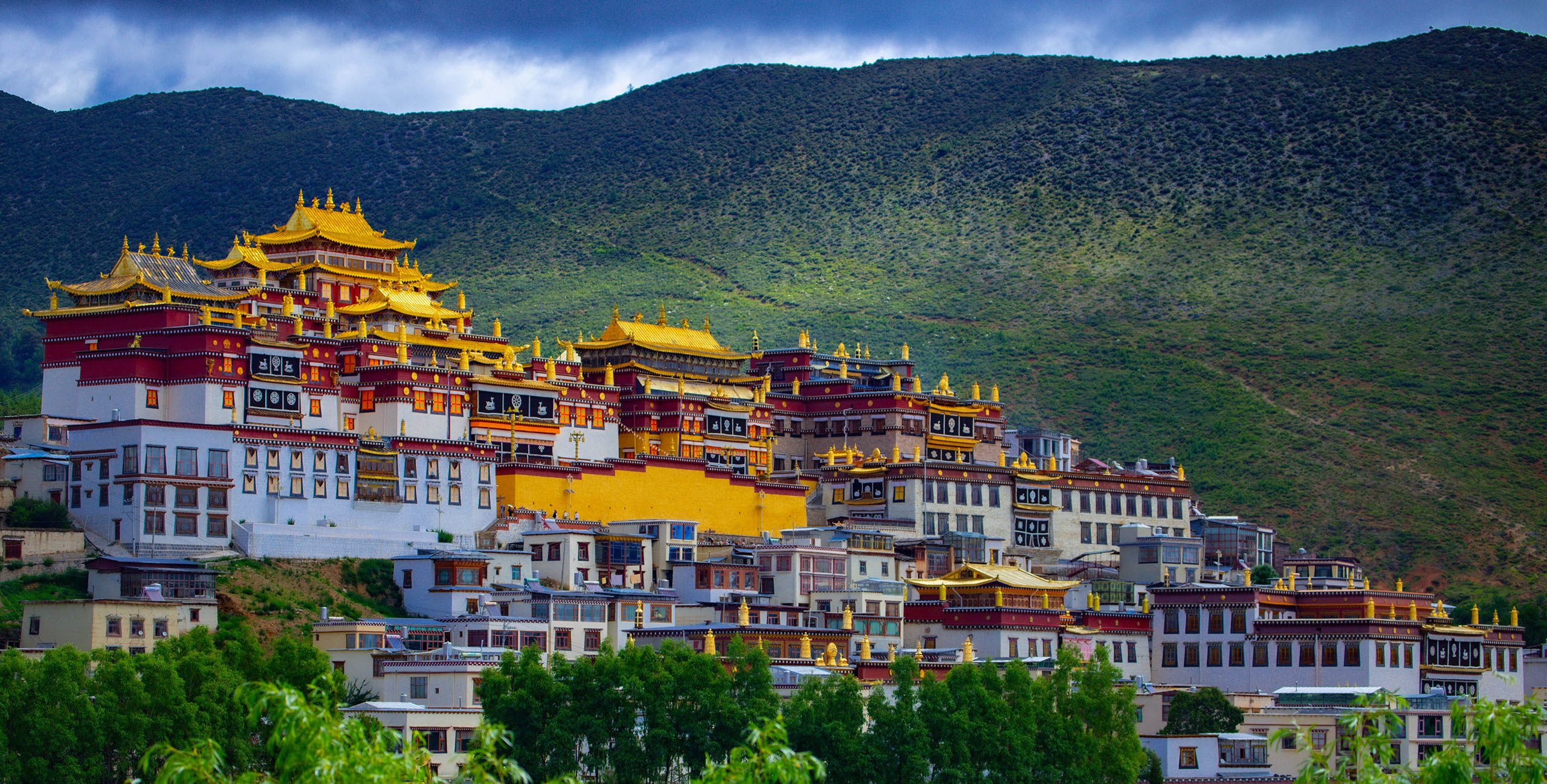-
-
-
Smart Scenic Area
-
-
Service Center
-
Matsutake mushrooms
2025-03-27
During the rainy season in June, July, and August each year, a mushroom called Matsutake can be found from Dali and Lijiang to Diqing and Northwest Yunnan. It is a wild mountain delicacy that was once popular in Japan and Southeast Asia. Fresh Matsutake, stir-fried with green peppers, is fragrant and refreshing, and very delicious, but it cannot and should not be transported long distances. If the season is right, feel free to enjoy it at a small restaurant.
Matsutake, also known as Tricholoma matsutake, is a pure natural, rare, and precious edible fungus, known as the "King of Mushrooms." Fresh Matsutake is umbrella-shaped, brightly colored, with a brown cap and white stem, both covered in fibrous, hairy scales. The flesh is white, tender, thick, fine-textured, and has a strong, unique aroma.
Matsutake grows in high-mountain forests at altitudes above 3500 meters in the temperate zone. Currently, it cannot be artificially cultivated anywhere in the world. Research has shown that Matsutake is rich in protein, various amino acids, unsaturated fatty acids, nucleic acid derivatives, peptide substances, and other rare elements. Matsutake is generally harvested and consumed from early July to mid-October. It has a special rich aroma, a texture like abalone, and is extremely smooth and refreshing.
Previous page:
Next page:
Related Information
Public Notice of Social Stability Risk Assessment for the Shangri-La Songzanlin Scenic Area Tourism Infrastructure Improvement Project
Pursuant to the “Notice on the Interim Measures for Social Stability Risk Assessment of Major Fixed Asset Investment Projects of the National Development and Reform Commission (NDRC Investment [2012] No. 2492)”, this public announcement is issued to solicit public opinions on the social stability risk assessment of the Shangri-La Songzanlin Scenic Area Tourism Infrastructure Improvement Project.
A Proposal for Civilized Tourism
Walk softly and yield to others. Please observe order when queuing in scenic areas, do not push or make noise; please take light steps and lower your voice in museums and memorial halls, respecting the visiting experience of others. When taking photos, do not climb on cultural relics or trample on flowers and plants, leaving a complete and beautiful scene for those who come later.
Telephone:
Inquiries telephone:15758459023Office telephone:0887-8229411
Complaints telephone:15758459024Emergency telephone:15758459020
Address:
No.3, Niwang Road, Shangri-La City, Diqing Tibetan Autonomous Prefecture, Yunnan Province
Follow us

Douyin

Official Account

Video Account
COOKIES
Our website uses cookies and similar technologies to personalize the advertising shown to you and to help you get the best experience on our website. For more information, see our Privacy & Cookie Policy
COOKIES
Our website uses cookies and similar technologies to personalize the advertising shown to you and to help you get the best experience on our website. For more information, see our Privacy & Cookie Policy
These cookies are necessary for basic functions such as payment. Standard cookies cannot be turned off and do not store any of your information.
These cookies collect information, such as how many people are using our site or which pages are popular, to help us improve the customer experience. Turning these cookies off will mean we can't collect information to improve your experience.
These cookies enable the website to provide enhanced functionality and personalization. They may be set by us or by third-party providers whose services we have added to our pages. If you do not allow these cookies, some or all of these services may not function properly.
These cookies help us understand what you are interested in so that we can show you relevant advertising on other websites. Turning these cookies off will mean we are unable to show you any personalized advertising.
Copyright: Shangri-La Songzanlin Scenic Area Protection and Development Co., Ltd.



